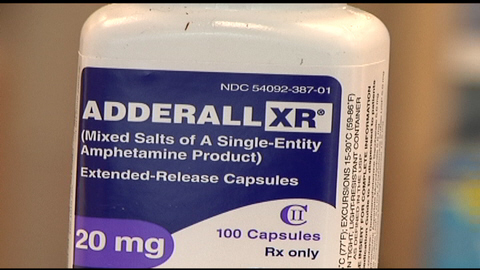
Goldin has created a campaign to shame the family into paying for the rehabilitation and overdose antidotes of affected Americans instead of shamelessly donating their ill-gotten earnings into museums and other art endeavors. Her online petition has been posted on Change.org and Goldin is encouraging everyone to begin using the hashtag #ShameOnSackler. Goldin is also asking museums and universities who benefit from Sackler donations to refuse associating with the family henceforth. The overall campaign is being called Prescription Addiction Intervention Now or PAIN.
The Sacklers were definitely not slackers
Most of you are probably unfamiliar with the Sacklers, unless you’ve visited museums. As mentioned, the family is prominent in the art scene and have continually given generous donations to various museums, the most prominent being the Metropolitan Museum in New York. That said, the family earned its wealth by helming Purdue Pharmaceuticals, the company behind the revolutionary and highly-addictive painkiller, OxyContin. In 1995, they aggressively marketed the painkiller as a drug that was legal, safe, and concentrated. OxyContin was said to have a unique formula, one that involved a slow-release mechanism that allowed patients to be free of pain longer and at a steadier onset.
It was brilliant. The marketing for the drug was simply phenomenal and OxyContin began being routinely prescribed to patients and given freely like TicTacs. What Purdue failed to mention was that the painkiller was not appropriate as a long-term solution to chronic pain and that it was highly addictive.
To fully understand the brilliance of the marketing of Purdue, you must remember that in the early 1990s, doctors were incredibly wary of opioids. Clinical trials at the time suggested that the drug was effective, but also extremely dangerous. The active ingredient of OxyContin especially (oxycodone) was a chemical cousin to heroin and was noted to be twice as powerful as morphine. Drugs as strong as these were only given (and even then, reluctantly) as end-of-life palliative care.
This did not stop the Sacklers who began enchanting doctors with their new, miraculous drug. Doctors were wined and dined, bribed, or simply lied to about the negative effects of OxyContin. Concerns about opioid addiction were poo-poo’ed and sales representatives of Purdue painted OxyContin as the one drug that could save millions of people from excruciating pain.
Who could resist?
Since 1999, it is estimated that two hundred thousand Americans have died from OxyContin or other prescription opioids. Addicts who can no longer afford OxyContin typically transition to heroin, tripling the number of people who become addicted to and are dying from illegal drugs. The latest figures from the Centers for Disease Control and Prevention (CDC) suggest that 145 Americans die everyday from an opioid overdose.
While the types of drugs being abused are varied, many health officials believe the OxyContin was -- and is -- the core of the painkiller addiction. (Related: Maker of highly addictive OxyContin says it will stop incentivizing doctors to push its deadly drugs.)
A more flamboyant expose of the Sackler family can be read at the New Yorker.
Sources include:
Please contact us for more information.























